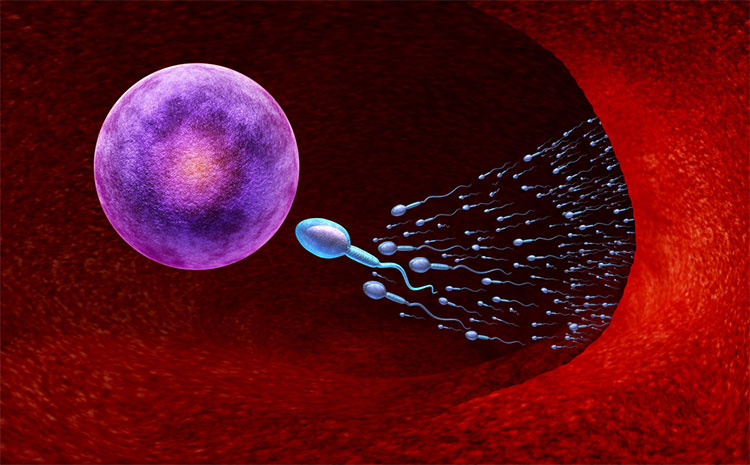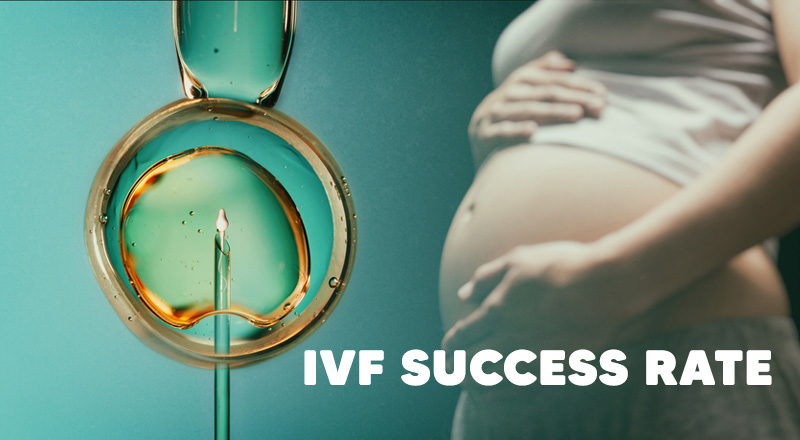Sooner or later, every couple aspires to become parents. There’s nothing better than being able to conceive naturally whenever you start planning. If one finds it difficult to conceive naturally, it can be a nightmare. If a couple cannot conceive even after trying for more than a year, it is considered infertility. Infertility can have many causes, both in males and females. There are currently many treatment options available to help such couples. Several of them only require medicines, while others respond positively to minimal interventions such as injections, IUI, etc.
There is a subset of couples that get pregnant just by undergoing laparoscopic or hysteroscopic procedures. Almost all cases of infertility end in IVF, also known as test tube baby treatment. All of us are aware that every procedure has its limitations and the success rate is never 100%, but it is still very disheartening for us all. Even so, there are many factors that can improve the chances of a successful pregnancy.
An IVF cycle’s success rate is determined by the following factors:
1. Quantity and quality of eggs –

IVF results are very much influenced by both the quantity and quality of eggs retrieval in a cycle. There is no doubt that a higher number of eggs retrieved increases the chances of a successful pregnancy. A successful pregnancy is also determined by the quality of the eggs. The quantity and quality of eggs can be improved using many medicines such as DHEA, Coenzyme Q10, etc.
2. Sperm count and quality –
Sperm quality and quantity are equally important factors in determining the success of an IVF cycle. A sperm is usually present in millions, so it is the quality of sperms that determines how embryos grow and develop. While planning pregnancy, avoiding smoking and drinking plays a crucial role in determining how successful the cycle will be. Often, antioxidants and minerals are recommended in order to improve the quality and potency of sperms. DNA Fragmentation Index (DFI) is a test that is associated with a reduced success rate of cycles when high. Some medicines can help to reduce DFI.
3. Embryo Transfer timing –
In comparison to Fresh Cycle transfer or Day 2 – Day 3 embryo transfer, ultrasound-guided transfer of Day 5 embryos, known as Blastocysts, has been shown to have quite a high success rate in FET cycles. It is recommended that couples who have previously failed multiple IVF cycles first go for the ERA (Endometrial Receptivity Array) test. This tells us if the uterus is ready to accept the embryo. When the uterus is not ready, we plan the embryo transfer a bit later. As a result, many couples who had previously failed IVF cycles have been able to get pregnant in one shot.
4. Selecting the best Embryo –
The success of an IVF cycle is also determined by the quality of the embryo. In the past, embryos were graded based on their structure. Currently, we have the option of PGS (Pre-implantation Genetic Screening) or PGD (Pre-implantation Genetic Diagnosis). These tests allow us to identify embryos with genetic abnormalities and discard them. By selecting the best embryo and transferring it, the success rate of the IVF cycle is enhanced.
5. Optimal body weight –
During IVF, this is a factor that is often overlooked. Women who are overweight or obese have a higher risk of miscarriage and implantation failure. Weight gain is often accompanied by insulin resistance, which is responsible for the poor pregnancy outcomes. Such women are often prescribed drugs like metformin to improve the success rate of their IVF cycles. Diabetes patients are usually prescribed this medicine, but obese and PCOD patients can also benefit from it. It does not cause any major side effects in nondiabetics such as low blood sugar levels.
